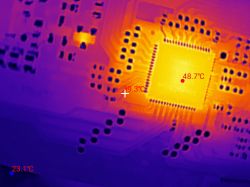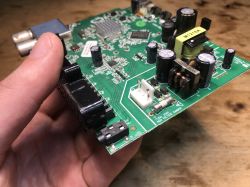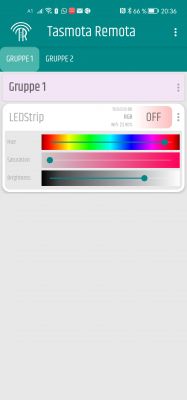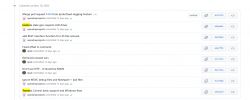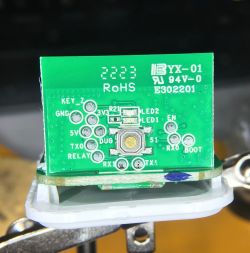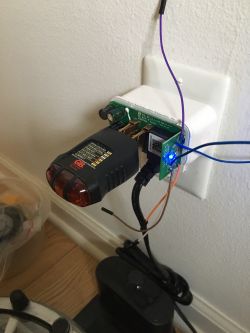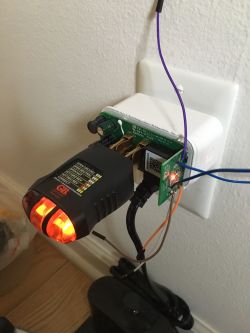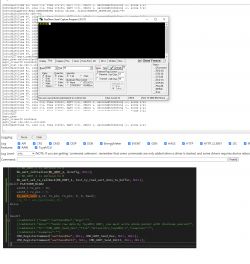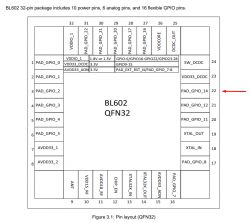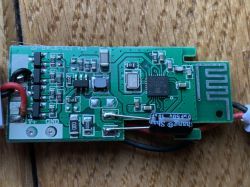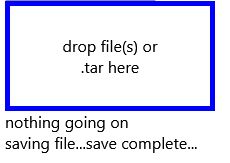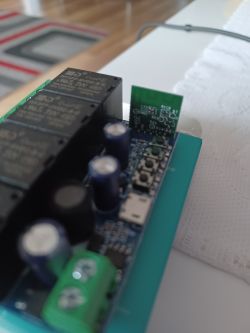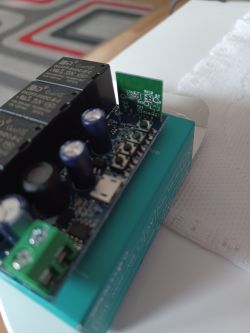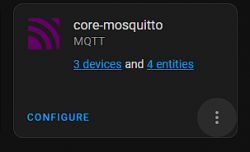I have started improving Tasmota Control support (Tasmota Control and Tasmota Remota, it's the same protocol).
I. e. I try to support:
etc
I got working:
- power ON/OFF LED strip and bulbs etc (almost)
- control power of relays of single relay and multi relay devices
- read power from power metering sockets
Screenshot:

but I have a strange problem.
I am testing with single color ESP8266 LED strip, but this LED strip doesn't show as a strip on Tasmota Control, same for Tasmota Remota.
My question to you guys - are LED strips (single color or multi color) and/or RGB, CW, RGBCW bulbs supported by Tasmota control or Tasmota Remota?
Question 2: Can anyone paste here me the JSON replies of Tasmota devices with a) single color led, b) RGB LED c) RGBCW led d) CW led, strips bulbs or anything, for::
Helpful post? Buy me a coffee.
I. e. I try to support:
http://192.168.0.103/cm?cmnd=status
http://192.168.0.103/cm?cmnd=POWER2%20OFF
etc
I got working:
- power ON/OFF LED strip and bulbs etc (almost)
- control power of relays of single relay and multi relay devices
- read power from power metering sockets
Screenshot:

but I have a strange problem.
I am testing with single color ESP8266 LED strip, but this LED strip doesn't show as a strip on Tasmota Control, same for Tasmota Remota.
My question to you guys - are LED strips (single color or multi color) and/or RGB, CW, RGBCW bulbs supported by Tasmota control or Tasmota Remota?
Question 2: Can anyone paste here me the JSON replies of Tasmota devices with a) single color led, b) RGB LED c) RGBCW led d) CW led, strips bulbs or anything, for::
http://192.168.0.103/cm?cmnd=status
http://192.168.0.103/cm?cmnd=status 8




